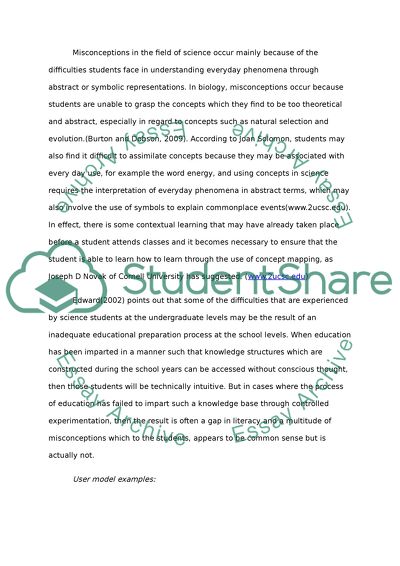Cite this document
(User Model and Modeling for Human Performance Term Paper, n.d.)
User Model and Modeling for Human Performance Term Paper. Retrieved from https://studentshare.org/education/1552388-user-model-and-modeling-for-human-performance
User Model and Modeling for Human Performance Term Paper. Retrieved from https://studentshare.org/education/1552388-user-model-and-modeling-for-human-performance
(User Model and Modeling for Human Performance Term Paper)
User Model and Modeling for Human Performance Term Paper. https://studentshare.org/education/1552388-user-model-and-modeling-for-human-performance.
User Model and Modeling for Human Performance Term Paper. https://studentshare.org/education/1552388-user-model-and-modeling-for-human-performance.
“User Model and Modeling for Human Performance Term Paper”, n.d. https://studentshare.org/education/1552388-user-model-and-modeling-for-human-performance.


